This podcast found in:
- Raw RecipesRaw Recipes Index
- MoreGoodies, About, Praise + More
- StoreApps, Courses + More
- CelebrateSeasonal Suggestions
- New To Raw?Start Here
- WellnessCreating Healthy Habits
- CommunityRawtarian Community
Hello Beautiful!
It looks like you're new to The Rawtarian Community. If you'd like to get involved, click one of these buttons!
Login to Community Signup for an account Login using FacebookTrending Community Recipes
Latest in the Community Forum
-
 zacharyhull - 24 min 40 sec ago
zacharyhull - 24 min 40 sec ago
-

Buy Weeds / coke's Oniline in Bochum via Signal @leafly2.69 or telegram @leafly2
licon - 59 min 46 sec ago -

Buy Weeds / coke's Oniline in Lübeck via Signal @leafly2.69 or telegram @leafly2
licon - 1 hour 3 min ago -

Where can I find poseable 3D models of characters from classic games?
Jasperson - 1 hour 28 min ago
-
- Community









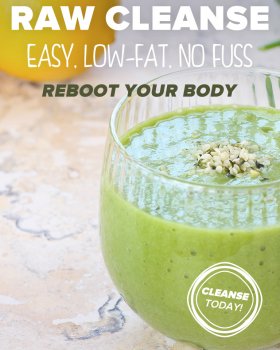












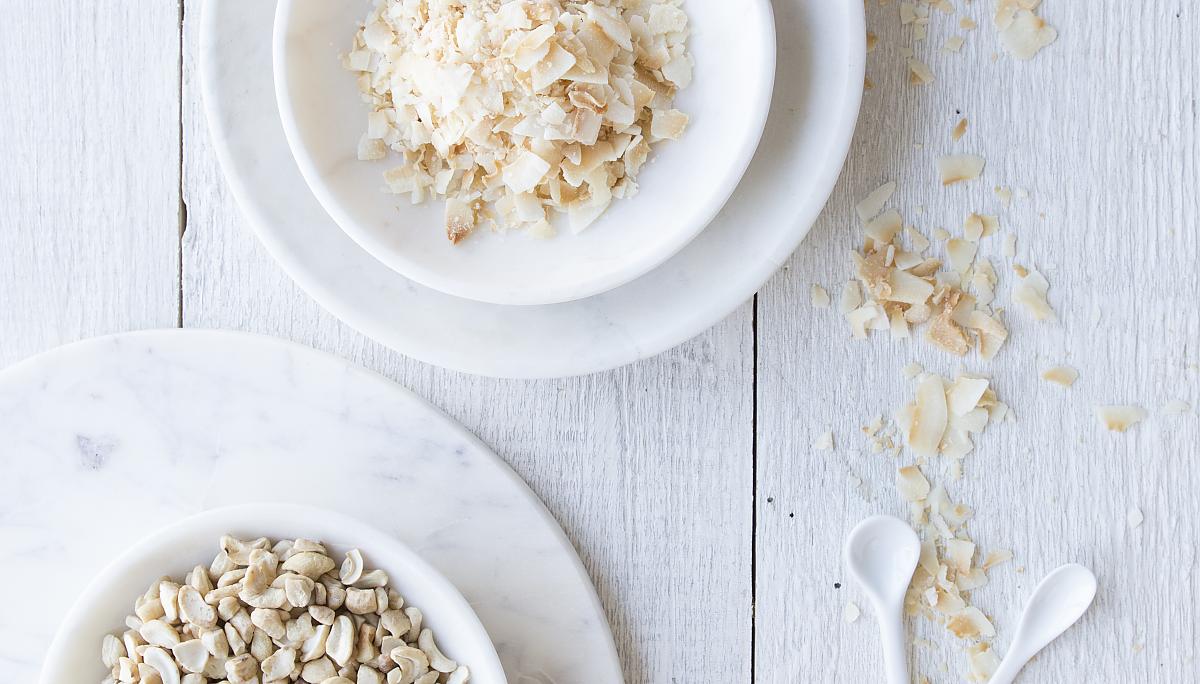
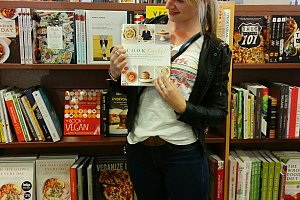
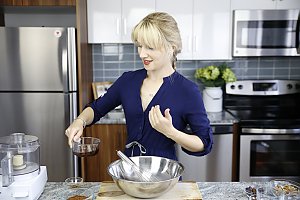

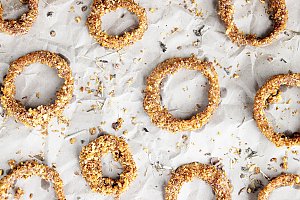
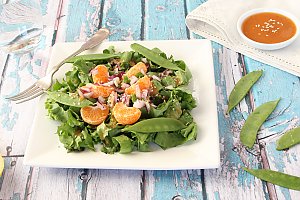


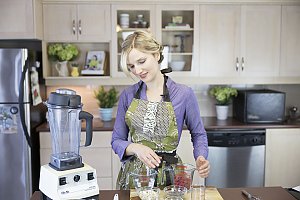



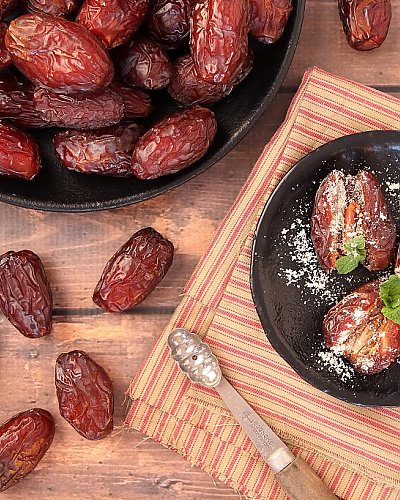
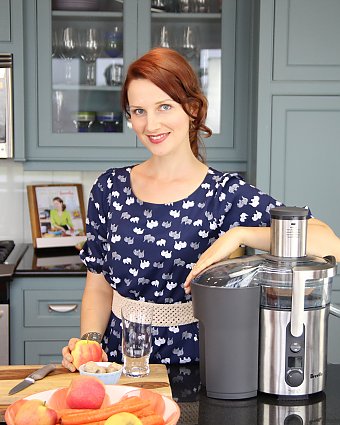
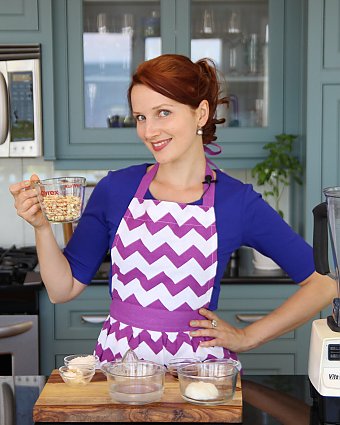























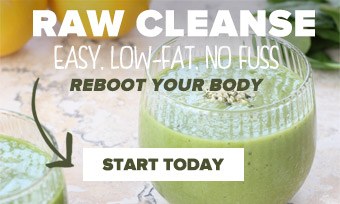
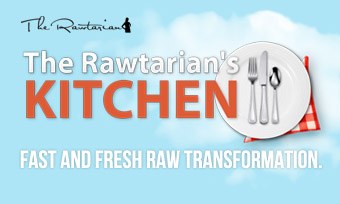
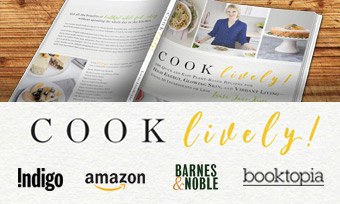
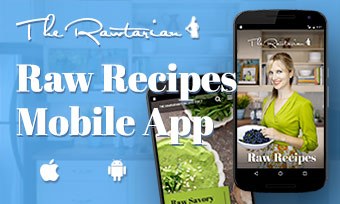
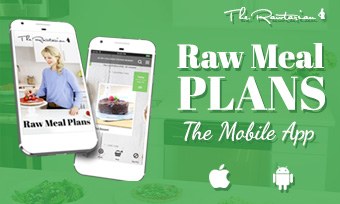


Comments
Top voted
The Rawtarian
Apr 26, 2017
Thank you so much for your support and for spreading the raw love to your tribe, Kim.
The world needs that special something that only you have.
xox
Kim Coffey
Apr 26, 2017
Laura-Jane! This is some kind of wonderful! I am a raw foods/paleo nutritionist and some of my nutrient-dense recipes have been yours. I have ordered your first recipe book...May 30th can't come fast enough. Thank you for doing what you love, and loving what you do!
Peace,
K. Avani
All
Kim Coffey
Apr 26, 2017
Laura-Jane! This is some kind of wonderful! I am a raw foods/paleo nutritionist and some of my nutrient-dense recipes have been yours. I have ordered your first recipe book...May 30th can't come fast enough. Thank you for doing what you love, and loving what you do!
Peace,
K. Avani
The Rawtarian
Apr 26, 2017
Thank you so much for your support and for spreading the raw love to your tribe, Kim.
The world needs that special something that only you have.
xox
Leave a Comment